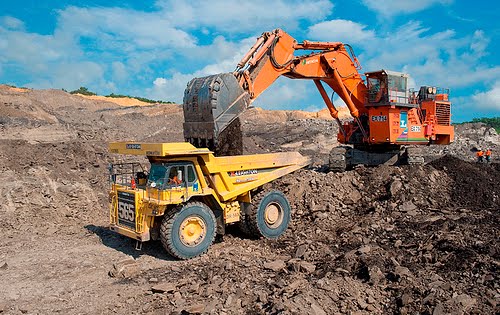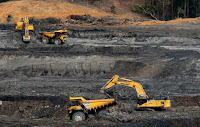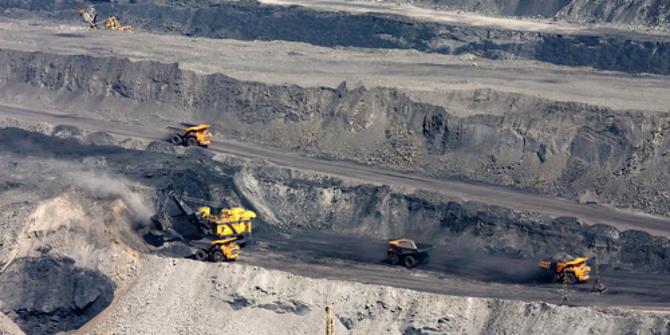To meet the huge global demand for energy, all energy sources will be needed. Different sources of energy will suit different countries and different environments. Depending on the availability of natural resources, a decision may be taken between coal and gas as the most viable means of powering base load electricity. In many cases both will have a role to play. Nuclear technology may be available in some countries and not others.
Renewable energy will have a particular role to play in providing off grid electricity and in meeting peak demand. In countries where there is a significant coal resource, it is likely to be the preferred fuel for supplying base load electricity. In many cases this will be a matter of affordability and security.
Energy efficiency
Efficiency in coal-fired power generation will play an important role in the future production of electricity. This is particularly the case with the potential for high efficiency power generation to reduce CO2 emissions. Improving efficiency levels increases the amount of energy that can be extracted from a single unit of coal. Increases in the efficiency of electricity generation are essential in tackling climate change. A single percentage point improvement in the efficiency of a conventional pulverised coal combustion plant results in a 2-3% reduction in CO2 emissions. Highly efficient modern supercritical and ultra-supercritical coal plants emit up to 40% less CO2 than subcritical plants.Carbon Capture and Storage (CCS)
Carbon capture and storage technology will be a key technology to reduce CO2 emissions, not only from coal, but also natural gas and industrial sources. Figures in the IEA's WEO 2011 report estimate the potential for CCS to contribute 22% of global CO2 mitigation through to 2035. Further analysis by the IEA in their Energy Technology Perspectives 2010 report also shows that climate change action will cost an additional US$4.7 trillion without CCS.Coal to liquids (CTL)
Converting coal to a liquid fuel - coal liquefaction - allows coal to be utilised as an alternative to oil. CTL is particularly suited to countries that rely heavily on oil imports and have large domestic reserves of coal. South Africa has been producing coal-derived fuels since 1955 and has the only commercial coal to liquids industry in operation today. Not only are CTL fuels used in cars and other vehicles, but South Africa energy company Sasol's CTL fuels also have approval to be used in commercial jets. Currently around 30% of the country's gasoline and diesel needs are produced from indigenous coal. The total capacity of the South African CTL operations stands in excess of 160,000bbl/d.Underground Coal Gasification (UCG)
In the last few years there has been significant renewed interest in UCG as the technology has moved forward considerably. China has approximately 30 projects using underground coal gasification in different phases of preparation. India plans to use underground gasification to access an estimated 350 billion tonnes of coal.South African companies Sasol and Eskom both have UCG pilot facilities that have been operating for some time, giving valuable information and data. In Australia, Linc Energy has the Chinchilla site, which first started operating in 2000. Demonstration projects and studies are also currently under way in a number of countries, including the USA, Western and Eastern Europe, Japan, Indonesia, Vietnam, India, Australia and China, with work being carried out by both industry and research establishments.











 08.59
08.59
 bro
bro












0 komentar:
Posting Komentar